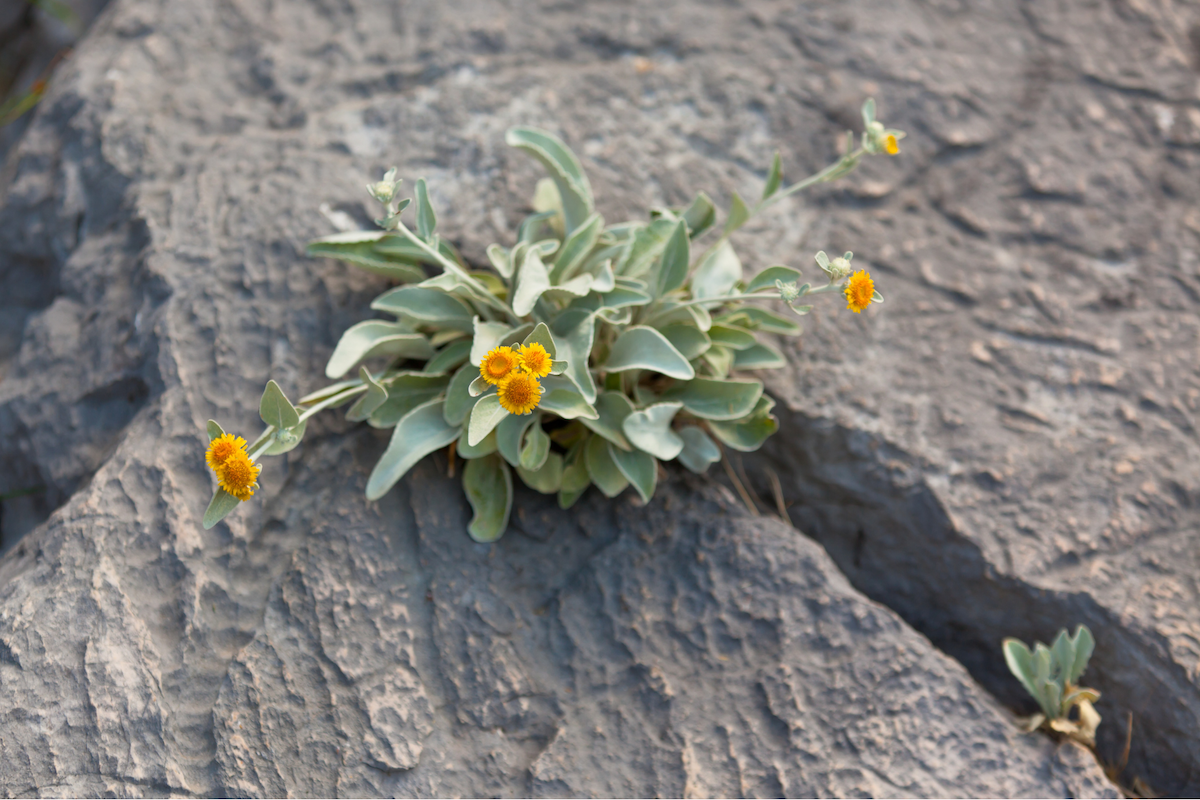
Early advocates of social media believed that the creation of these platforms would lead to positive outcomes. When Facebook was launched in 2004, it was praised for its ability to “connect the entire world.” In hindsight, many of these ideals were optimistic at their time as social media platforms are often criticized for spreading hate and misinformation.
This focus on negativity tends to overshadow the positive, prosocial behaviors facilitated on social media, including organ donation campaigns and “buy nothing” groups. However, the same social media features that encourage prosocial behaviors can also be exploited by bad actors.
These dynamics are explored in a new paper by Annenberg PhD student and Computational Social Science Lab (CSSLab)member Timothy Dorr, Duncan Watts (University of Pennsylvania) and coauthors Trisha Nagpal (University of Pennsylvania), and Chris Bail (Duke), which examines the tension between positive and negative outcomes on social media platforms, with particular attention to what enables prosocial behavior and how it might be sustained.
One of the more impressive examples of prosocial behavior highlighted in the paper is Wikipedia, which the authors discuss as a notable early demonstration of collaborative effort online. Thanks to these efforts, Wikipedia is now one of the most widely-known sites on the internet, and its high level of accuracy is a testament to the power of collaboration in making knowledge more widely accessible to all.
